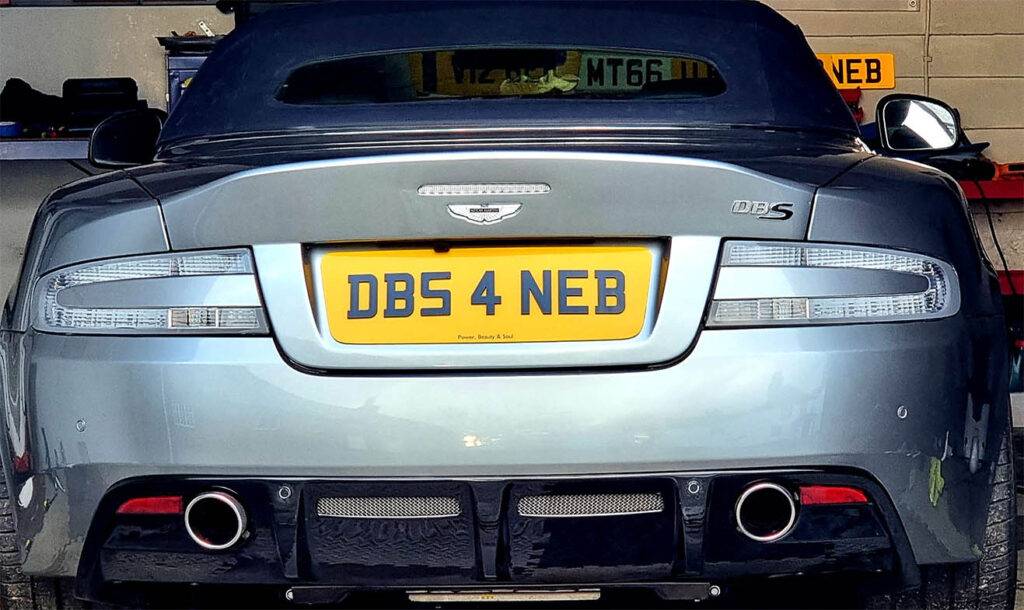
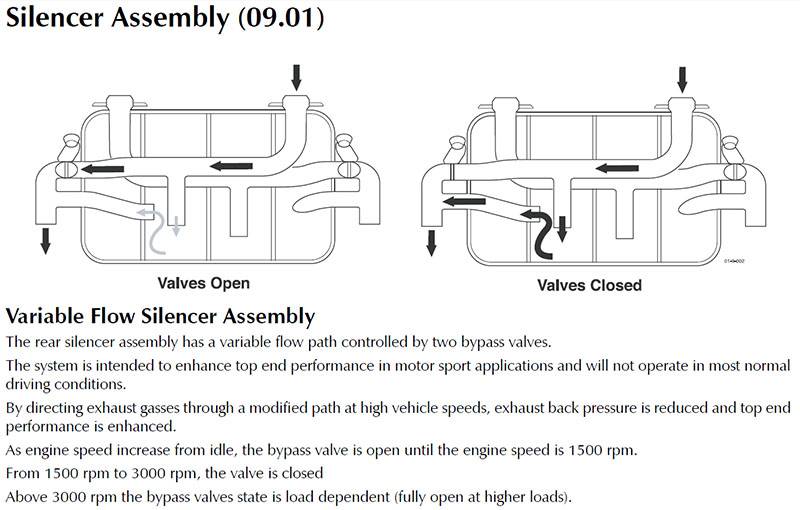
Aston Martin 3 way switchable Exhaust Valve, most modern Aston Martins have a valve in the exhaust, this automatically switches between valves open (loud) mode and valves closed (quiet) mode depending upon RPM. Most people know of the infamous fuse 22 (15 on later cars) which changes the exhaust to loud permanently, (removing fuse 22 from the Fusebox in the boot (trunk) removes power from the solenoid controlling the valve, causing the valve to stay open and thus loud all the time.)
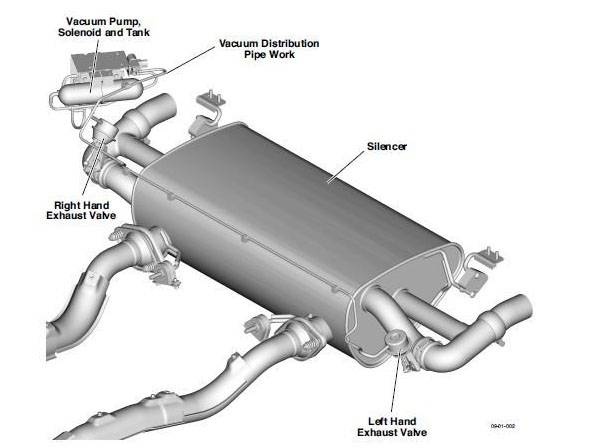
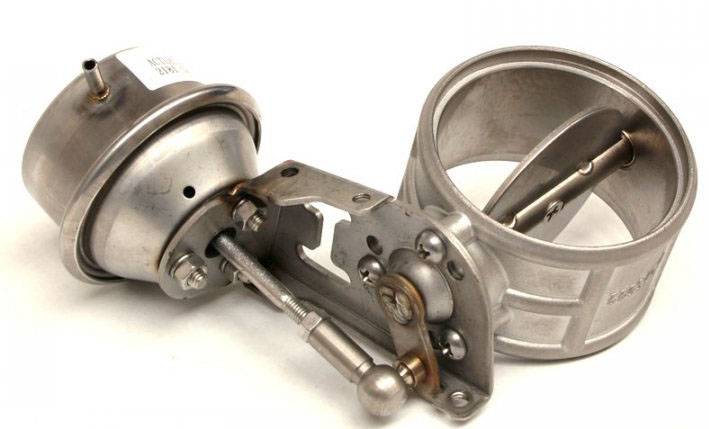
AS can be seen above, the valve is vacuum operated. The system consists of a vacuum pump and a reservoir, the vacuum pump runs when the ignition is on, switching off when enough vacuum is formed in the reservoir. The solenoid controlled by the ECU and Fuse 22 allows vacuum through to force the valve, above, to open.
When I bought my DB9 it had a 2 way switch to switch between normal automatic mode (loud at idle and above 4000 rpm) and loud all the time. This switch had 2 cables that ran to the rear fuse box and replaced Fuse 22.
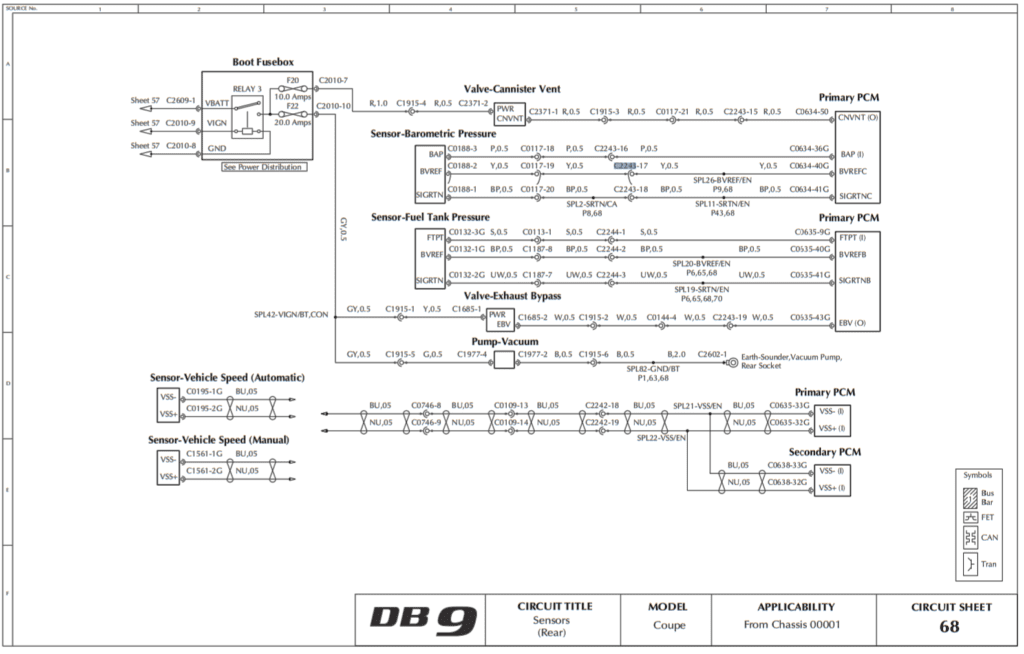
As can be seen in the wiring diagram above, the solenoid has power supplied by Fuse 22, thus removing the fuse or cutting the power will cause the valve to open permanently, however on the earth side we have more possibilities; as stock its controlled by the ECU and the ECU will connect to earth at the correct rpms, cutting the wire is the same as removing the fuse, permanently loud, and connecting directly to earth will be permanently quiet mode.
A SPDT (single pole, double throw) wil allow us to choose from any of the above functions at will, and a DPDT switch will also allow us to have an Indicator that shows what mode we are in ( to be added)
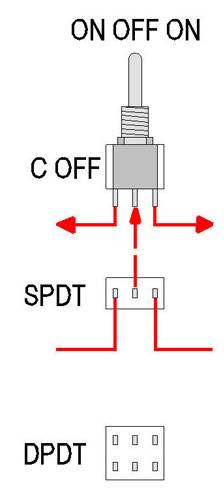
We connect the centre connector to the wire that was connected to to Connect C2243, one side to the connector and the other side to earth.
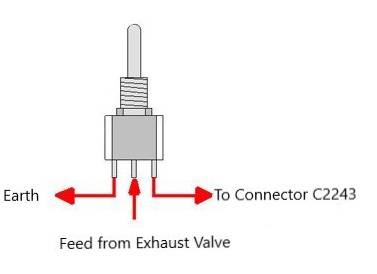
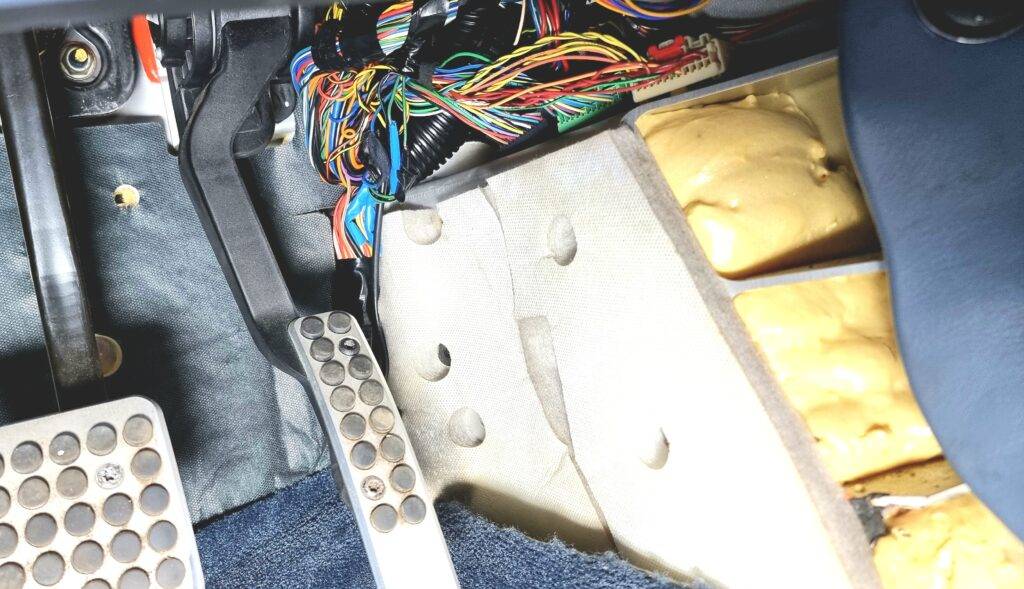
The black connector to the left of the green connector is C2243 in the footwell on the right side of the car.
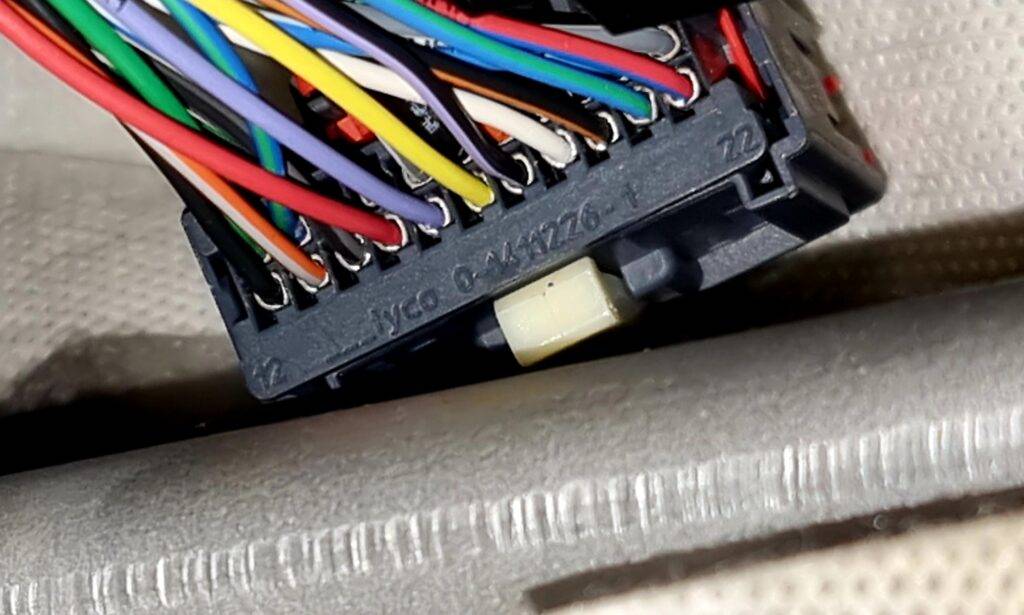
The wire that we need to intercept is the White wire in pin 19, 4 from right on the bottom row, cut the white wire, the connector side to one side of the switch, the other part of the wire to the centre terminal of the switch and the remaining terminal on the switch to earth
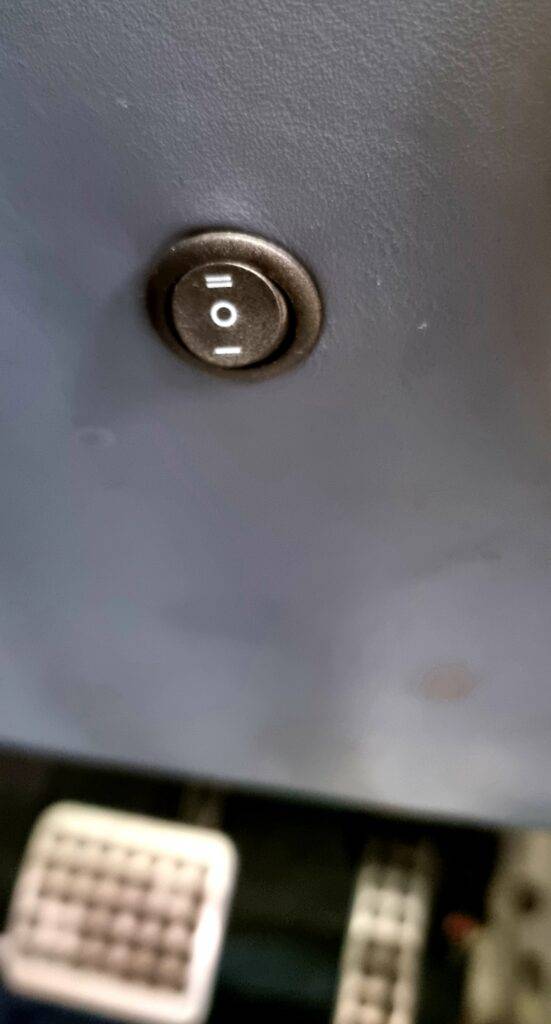
Decat
Amongst other modifications my exhaust has already had the secondary cats deleted, the DB9 has 6 Cats, 4 primary cats in the manifold and 2 secondary Cats under the car, the primary cats alone are enough to pass emissions test is most parts of the world. Removing the secondary Cats improves the sound and adds a bit of power to the DB9, see here for more info
X – Pipe
I also installed an X- pipe to change the sounder, smoother and more exotic sounding.
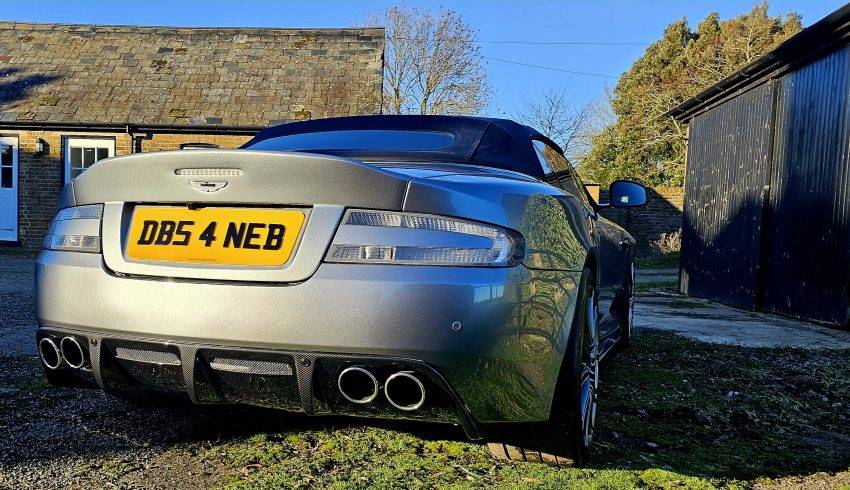
Which wire is it that needs to be spliced for cars where the exhaust valve is linked to Fuse 15, instead of Fuse 22?
How do you know which connector is C2243?
Is there a list of these somewhere?
If I remember correctly all the connectors in that area have a different number of pins, C2243 has 22 pins.